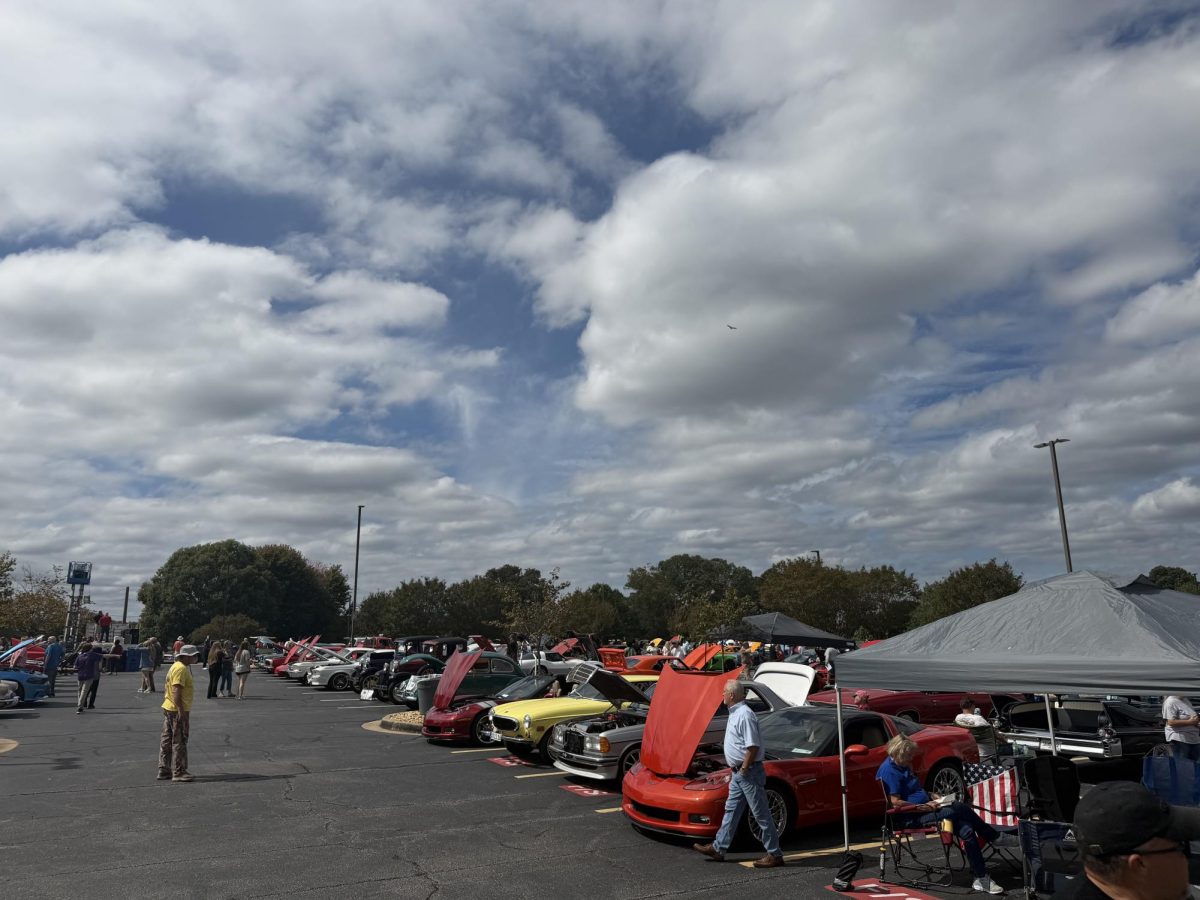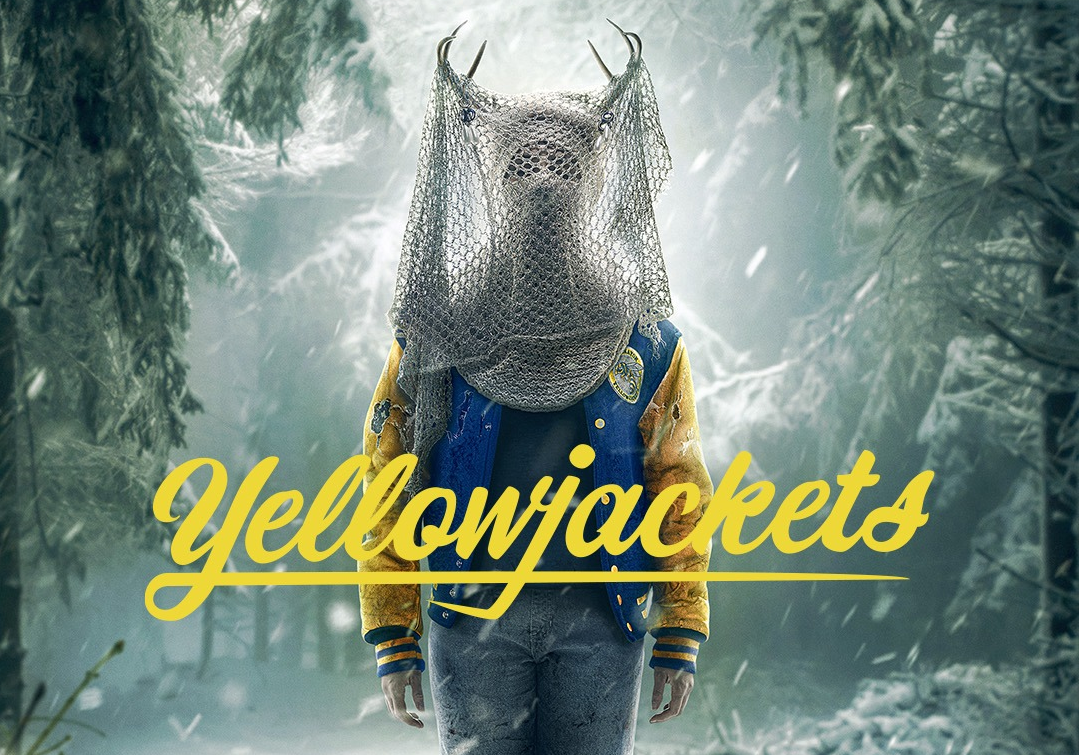Anticipation mounts as the celestial gears align for a total solar eclipse on April 8, captivating astronomers, enthusiasts and the public alike. In preparation for this awe-inspiring event, the University of North Georgia is gearing up to offer educational opportunities and safe viewing experiences for all.
Lesley Simanton-Coogan Ph.D., an astronomy professor at UNG, sheds light on the significance of this upcoming eclipse and the preparations underway. “We are preparing in advance with informational planetarium shows and free eclipse glasses at the UNG Planetarium on Friday nights until the eclipse,” Dr. Coogan explains. “Additionally, the UNG Observatory will be open to the public, offering a chance to gaze at the skies through telescopes.”
Students and community members are invited to participate in these events, which hope to foster a deeper understanding of the celestial phenomena.
“On Apr. 8, people can stop by Rogers Hall on the UNG Dahlonega campus to look through some of our telescopes with our students, weather permitting, or use eclipse glasses there.” – Dr. Lesley Simanton-Coogan Ph.D., UNG astronomy professor
Safety remains paramount when observing a solar eclipse. Dr. Coogan emphasizes the necessity of proper eye protection and indirect viewing methods, such as pinhole projection.
Beyond the visual splendor, total solar eclipses offer unique opportunities for scientific research. “During a total solar eclipse, changes in the Earth’s atmosphere can be observed, providing valuable data for atmospheric studies,” Dr. Coogan explains. “Additionally, the inner corona of the Sun becomes visible, allowing researchers to conduct experiments to further our understanding of solar phenomena.”
One aspect of this eclipse is the potential sighting of Comet 12p/Pons-Brooks, colloquially referred to as the “devil comet.” The comet was dubbed a devil by the press because of photos showing the pronged tail on the comet which is no longer present today. Technically, the devil comet is viewable today with the naked eye from a dark site. Considering the solar eclipse only lasts a few minutes, it may not be worth the time to look for it during the eclipse.
Regarding viewing locations, Dr. Coogan notes, “While the eclipse will be best viewed from certain states along its path, individuals outside this area will still witness a partial eclipse.”
“For most people though, this is a chance to experience a beautiful, and rarely seen phenomenon of nature. Normally when we try to connect personally with nature, we’re talking about the environment on Earth. With an eclipse, we get to connect to the environment of our Solar System! Sharing the experience with other people around us also gives a wonderful sense of community, a shared sense of humanity, living together on the same planet.” – Dr. Lesley Simanton-Coogan Ph.D., UNG astronomy professor






















